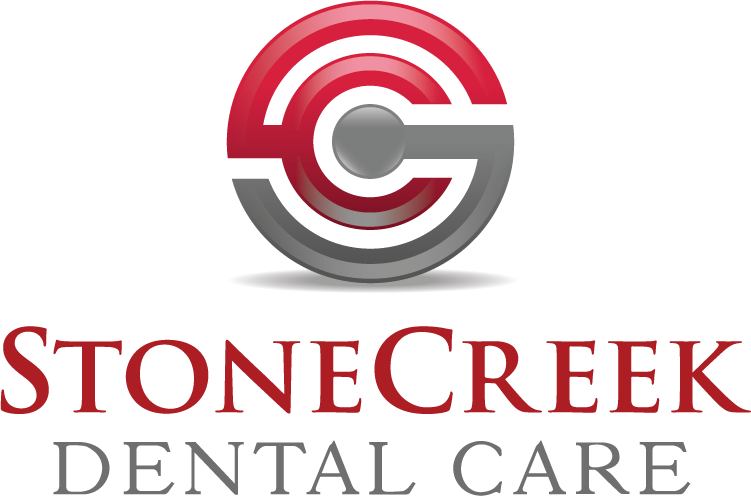Many people are familiar with the treatment aspects of restorative dentistry, including cavity fillings, crowns and root canals, but have not heard these procedures referred in this manner. The practice of restorative dentistry encompasses exactly what the name implies —restoring the mouth and teeth to their full function and appearance. This concept also refers to the diagnosis and treatment of various dental conditions via the areas of endodontics (dental pulp/nerve tissue), periodontics (supporting structures of the teeth) and prosthodontics (replacement of teeth with prosthetics).
There are many conditions that make a patient a good candidate for restorative dentistry, including:
- Missing teeth
- Cavities and tooth decay
- Damaged, uneven, gapped or chipped teeth
These conditions result from a variety of factors, from trauma to the mouth to poor dental hygiene and teeth grinding. Other conditions like uneven teeth can occur naturally. If you’ve experienced any of these, you are likely a candidate for restorative dentistry.
So, how are these conditions treated?
Missing teeth can be addressed in several ways. Dental implants serve as replacement teeth, and work by attaching a crown (prosthetic tooth) to the gum via a titanium screw. Dental bridges use crowns on either side of a missing tooth to anchor a new prosthetic tooth in place. Dentures — reserved for those who have lost all of their natural teeth — are removable prosthetic teeth that can restore the appearance of your smile and enable you to chew again.
Cavities are typically treated with fillings. To treat a cavity, your dentist will first remove the decayed tooth material. Then, he or she will clean the affected area and fill it with a replacement material to maintain the tooth’s proper function. There are several different kinds of replacement materials that your dentist can discuss with you. Severe tooth decay occurs when the decay goes beyond the enamel of the tooth and affects the nerve tissue. This level of decay necessitates a root canal in order to save the tooth. During a root canal procedure, your dentist will remove the affected nerve tissue, clean the area and seal it off to prevent further damage. Contrary to popular belief, root canal procedures are not painful. Severe tooth decay, on the other hand, can cause quite a bit of discomfort and should be addressed with the proper treatment immediately.
Damaged, uneven, gapped or chipped teeth can be restored with veneers, crowns and bonding. Veneers are tooth-colored material attached directly to existing teeth (that are often either damaged or uneven) to improve appearance. Crowns cover a missing or damaged part of a tooth to restore its function. Bonding involves the application of a tooth-colored composite material to a chipped tooth or a tooth that is shorter than others (often used when one front tooth is shorter than the other). Bonding can also be used to fill in small gaps between teeth.
If you have tooth decay, are missing a tooth, have chipped a tooth or if your teeth are uneven, you are a great candidate for restorative dentistry. At StoneCreek Dental Care, we will discuss the best treatment options available for your individual concerns in a comfortable and relaxing environment. Give us a call today at 205-957-0106, and let us help guide you down the path toward better oral health!

